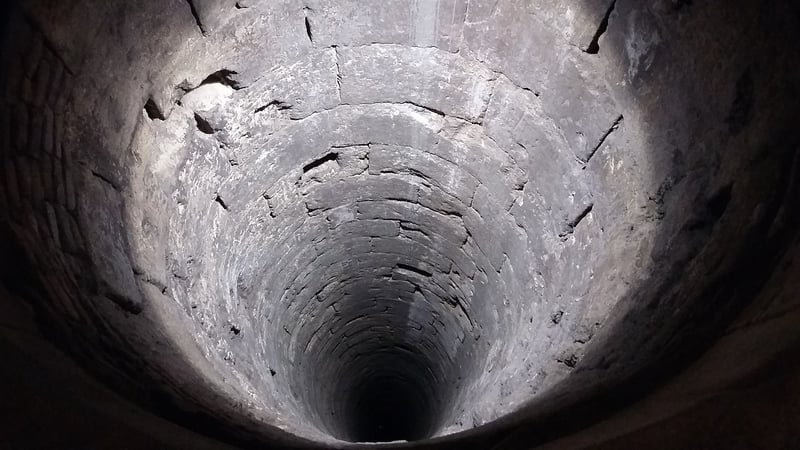Layered Depths
Engaging with Tactile and Visual Elements: Exploring Layered Depths

In a world dominated by digital screens and virtual experiences, the allure of tactile and visual elements has never been stronger. The ability to touch, feel, and interact with physical objects adds a sense of depth and engagement that goes beyond what a flat screen can offer. This article delves into the concept of layered depths in design, highlighting the importance of incorporating tactile and visual elements to create immersive experiences.
The Power of Tactile Sensations
When we touch an object, our sense of touch connects us to the physical world in a way that is unparalleled. Tactile sensations engage multiple senses simultaneously, creating a rich and memorable experience. Whether it's the texture of a rough surface or the smoothness of polished wood, tactile elements add a layer of depth that captivates our attention.
Visual Elements: A Feast for the Eyes
Visual elements play a crucial role in capturing our attention and drawing us into a design. Colors, shapes, and patterns can evoke emotions, tell stories, and create visual interest. By incorporating visually stimulating elements into a design, creators can guide the viewer's gaze and create a sense of flow and cohesion.
Creating Layered Depths
When tactile and visual elements are combined thoughtfully, they can create layered depths that invite exploration and interaction. By strategically placing objects of different textures, colors, and shapes within a space, designers can craft an environment that stimulates the senses and sparks curiosity.
Key Considerations for Designers:
- Balance tactile and visual elements to create harmony in the design.
- Consider the sensory experience of the user and how different elements will engage their senses.
- Experiment with layering to add dimension and interest to the design.
- Use contrasting textures and colors to create visual impact.
By embracing the power of tactile and visual elements, designers can create immersive experiences that resonate with users on a deeper level. The interplay between different textures, colors, and shapes adds richness and complexity to a design, inviting viewers to explore and connect with the space in a meaningful way.
So, the next time you engage with a design, take a moment to appreciate the layered depths created by tactile and visual elements, and let yourself be swept away by the beauty of a truly immersive experience.
